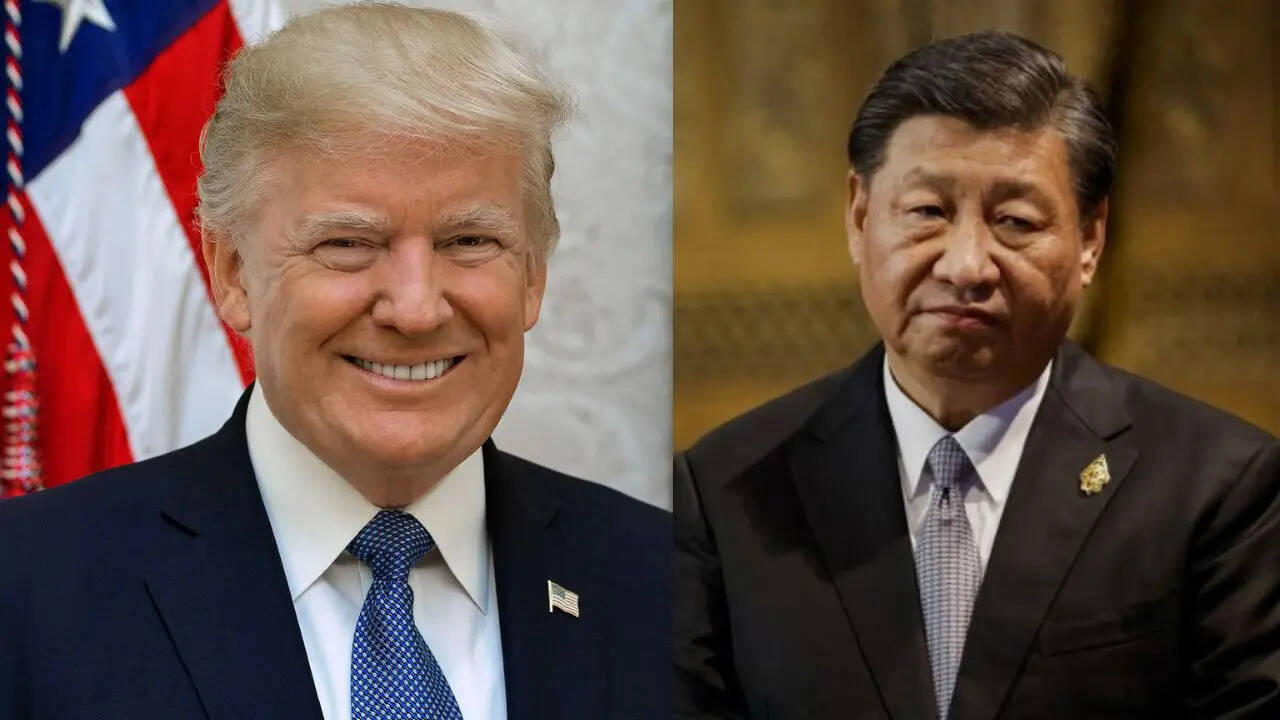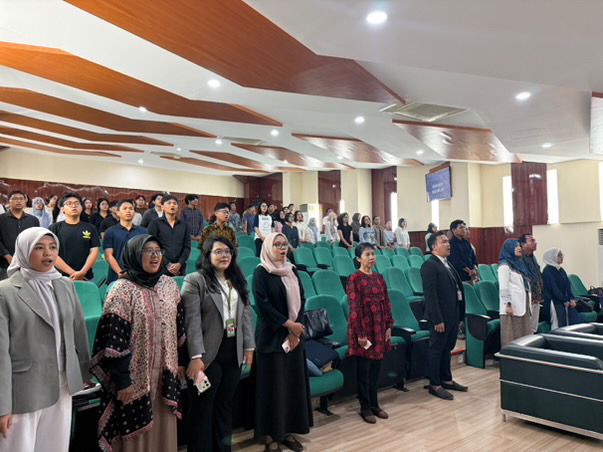
Washington, D.C. – October 11, 2025 – In a bold and aggressive move that has sent shockwaves through global markets, President Donald Trump announced late Friday the imposition of a staggering 100% tariff on all Chinese imports, effective immediately, while threatening to abandon ongoing trade negotiations with Beijing. The decision, described by White House officials as a necessary response to “unfair trade practices,” comes just weeks before the midterm elections and risks igniting a full-scale economic showdown between the world’s two largest economies.
Speaking from the Oval Office in a fiery address broadcast live on national television, Trump accused China of “ripping off American workers and businesses for far too long.” He specifically targeted key sectors like electronics, automobiles, and consumer goods, vowing that the tariffs would remain in place until China agrees to “fair and reciprocal” trade terms. “If they don’t play by the rules, neither will we,” Trump declared, adding that he had personally warned Chinese President Xi Jinping of the consequences during a late-night phone call. Sources close to the administration revealed that Trump extended an olive branch by offering direct assurances on unrelated geopolitical issues, including a fragile ceasefire in Gaza, but received no concessions in return.
The announcement triggered immediate chaos on Wall Street. The Dow Jones Industrial Average plummeted over 1,500 points in after-hours trading on October 10, marking one of the steepest single-day drops in recent history. Tech giants like Apple and Tesla, heavily reliant on Chinese supply chains, saw their shares nosedive by as much as 8%, while broader indices like the S&P 500 and Nasdaq futures echoed the downturn. Economists warn that the tariffs could add billions to U.S. consumer costs and disrupt global supply lines, potentially fueling inflation at a time when the Federal Reserve is already grappling with rate hikes.
Critics, including Democratic leaders and business lobbies, decried the move as “reckless brinkmanship.” House Minority Leader Nancy Pelosi called it a “desperate ploy to distract from domestic failures,” pointing to recent reports of substantial federal worker layoffs initiated by Trump appointees. Meanwhile, in the tech sector, MIT’s rejection of a White House offer for federal funding—tied to alignment with Trump’s agenda—has amplified concerns over innovation stifling amid the trade spat.
On the international front, the tariffs coincide with fragile diplomatic efforts in the Middle East, where a Gaza ceasefire took effect earlier this week, with Israel confirming the release of hostages. Trump hinted at leveraging U.S. influence in the region to pressure China, stating, “We’ve got leverage everywhere—time to use it.” However, allies like the European Union have expressed alarm, with EU trade commissioner Valdis Dombrovskis warning of “cascading effects” on transatlantic commerce.
As markets brace for Monday’s open, analysts predict a volatile week ahead. “This isn’t just trade policy; it’s economic warfare,” said Peter Navarro, Trump’s former trade advisor, in an exclusive interview. With negotiations now on the brink of collapse, the world watches to see if Xi’s administration will retaliate or seek a last-minute deal.






